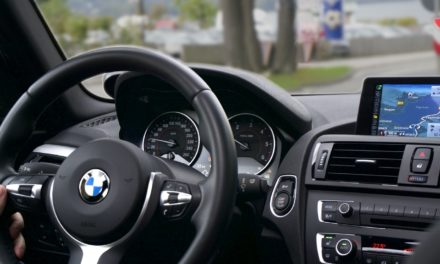Without remote terminals today, any SCADA system or application for widespread surveillance would be lacking. If you haven’t used a remote terminal unit before, it can get a little overwhelming. To become familiar with the key elements of an RTU or remote terminal unit, you will first need to know about it.
This article will help you understand what a remote terminal unit is and what are some of its core components and features.
What is a Remote Terminal Unit?
Remote terminal units or RTUs, which are microprocessor-dependent electronic devices, are used by embedded systems to connect various pieces of equipment to distributed networks or supervisory control and data acquisition (SCADA). Other names for remote control units include tele-control units and remote telemetry.
For the transfer to centralised management in an industrial automation system, RTUs transport sensory information from data sets to output streams in feedback effects. Remote terminal units automatically manage remote or local hardware connections.
What are some Features of a Remote Terminal Unit?
A remote terminal unit is a type of control device that is frequently deployed in a remote area as a component of a big system. An RTU’s primary function is to monitor and manage field equipment like valves, motors, sensors, and more. RTUs serve as the interfaces between SCADA management and mechanical methods in SCADA) systems.
Here are some of its features:
- A dry contact input is the simplest and most basic method for hardware to notify your remote terminal unit electrical equipment of a problem. You must connect a pair of wires from your equipment’s dry contact to one of the inputs on the remote terminal unit in order to use discrete readings. These inputs can be interconnected or individualistic in nature.
A pre-programmed message describing the problem will appear on your tracker dashboard. You’ll realise that this is a more error-resistant and easy way to communicate.
- If the electricity goes out, remote terminal units with a singular power input might malfunction – especially if you need them to work properly. Dual switchgear inputs, however, enable you to connect your remote terminal unit to two sources of power. As long as either of them is present, your RTU will remain operational.
- The responsibilities of an RTU extend beyond merely monitoring remote equipment. At times, a remote terminal unit must use the information gathered by surveillance devices to carry out an action utilising the control relay outputs.
Control relays’ analogues are separate alarm connections. Instead of detecting binary (on/off) conditions, they send out crucial (on/off) commands. The wiring of different systems can be used to control relay outputs.
Relays can be utilised for almost any task that calls for pressing a button or flicking a lever, including turning on engines, unlocking doors, adjusting transmitters, etc.
- To monitor continuous data, you need an input that can precisely detect the flow of energy or voltage between its terminals. Instead of using a dry contact that only passes the voltage via the closed relay of the monitored device, the sensor continuously emits a current and voltage that represents the value being monitored.
You will receive at least two different standards from the producers to help you evaluate sensor results. A dependable remote terminal unit can be used to enter these parameters. Your RTU will then translate the resulting rather irrelevant measurements into clearly understandable sensor data.
Purchase the Finest Remote Terminal Unit
There are various remote terminal units available in the market today – each with special features and benefits of their own. If you’re looking for a dependable RTU to fit your needs, we suggest getting in touch with a respected service provider.
These top-tier providers have decades of industry knowledge and understand how to make excellent RTUs that will surely exceed your expectations!






